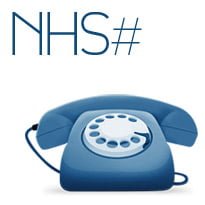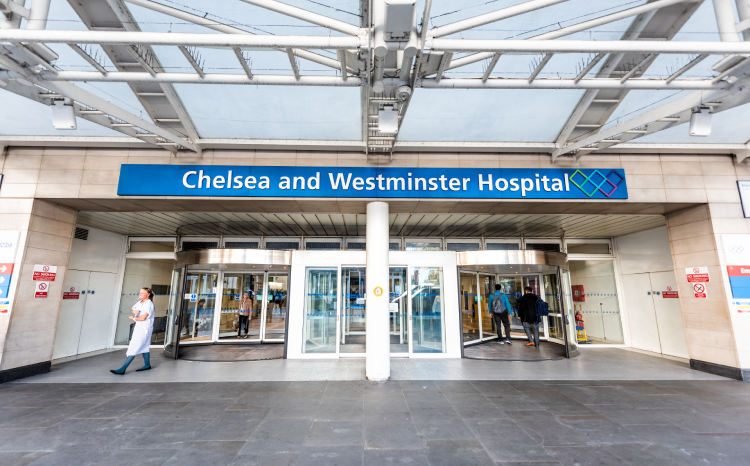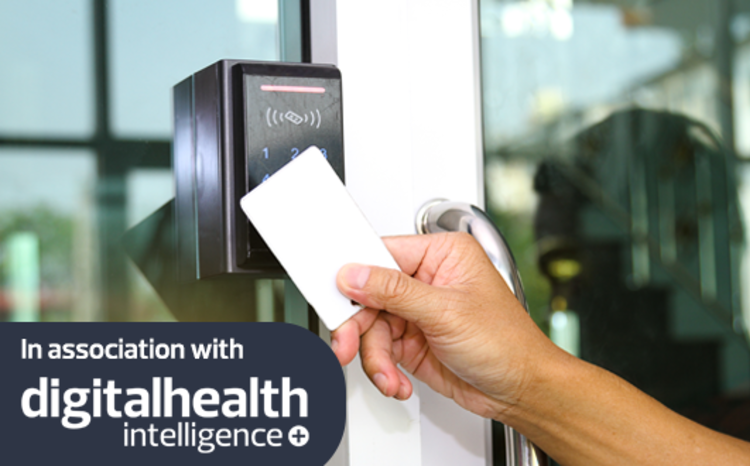Survey gives NHS Number another push
- 22 July 2014

NHS England has launched a survey on the use of the NHS Number, which is once again being promoted as the primary identifier for patient information in England.
The commissioning board says the survey will “enable NHS England to create a comprehensive picture of the use of the NHS Number in digital care” and, in particular, in digital correspondence.
Trusts are being asked to complete the survey by the end of the month, so NHS England can put together a progress report by September, and then offer organisations “targeted support”.
In a statement, Beverley Bryant, director of strategic systems and technology, said: “Support in driving the use of the NHS Number will be a cross-organisation initiative, led through our central programme team, working hand in glove with regional leads, clinical commissioning groups and, of course, trusts themselves.”
The NHS Number is a ten digit number that was introduced in 1996 to replace a number of other numbering systems.
Its use was advocated in the 1998 ‘Information for Health’ strategy that preceded the creation of the National Programme for IT.
It was “mandated” a decade later, when the National Patient Safety Agency published a ‘safer practice notice’ urging trusts to use it as the national identifier for all patients.
The NPSA issued its notice in response to the large number of reports it was receiving about patients being incorrectly linked to records; and sometimes receiving the wrong treatment as a result.
Despite this, progress remained slow. Many trusts continued to use their own numbers, citing technical reasons for doing so relating to the structure of databases and the large number of emergency and unscheduled care patients who turn up without an NHS Number.
In response, the then chief executive of the NHS, Sir David Nicholson, warned trusts that if they weren’t using the NHS Number as their primary identifier by March 2013 they might be subject to “punitive contract sanctions” from their commissioners.
NHS England was forced to acknowledge that a “significant number of providers are still not compliant” in its draft planning guidance for 2014-15.
In the draft guidance, it reiterated that it would work with commissioners to come up with penalties, “from contractual fines through the withdrawal of contracts.”
However, the actual guidance for the year said that trusts should use the NHS Number as the primary identifier in clinical correspondence.
This requirement has also been written into the NHS Standard Contract for 2014-15 and into the guidance for trusts making bids to the ‘Integrated Digital Care Technology Fund’.
The survey asks trusts whether they are using the NHS Number as their primary identifier in all external, clinical correspondence.
If they are not, it asks what percentage of that correspondence contains the number, when they are going to comply with the new contract, and who will be responsible for making this happen. It also asks how trusts obtain NHS Numbers from the Personal Demographics Service.
EHI Intelligence has collected information on the use of the NHS Number as part of its research service. The most recent figures indicate that 82% of trusts are already using the NHS Number as their primary identifier in external correspondence, with just 18% saying they are not.
“EHI Intelligence recognises that use of the NHS number is important to the wider integrated health service, as without a single common identifier across all care settings, interoperability is much harder – if not impossible – to achieve,” said head of EHI Intelligence Karl Grundy.
“A single core identifier also enables organisations to find and process care records more efficiently, which ultimately can speed up diagnosis and save patients' lives.
"It’s therefore disappointing that the NHS is still not using the NHS Number as its primary identifier in all settings; and it is to be hoped that NHS England’s latest initiative will help to make that a reality.”




